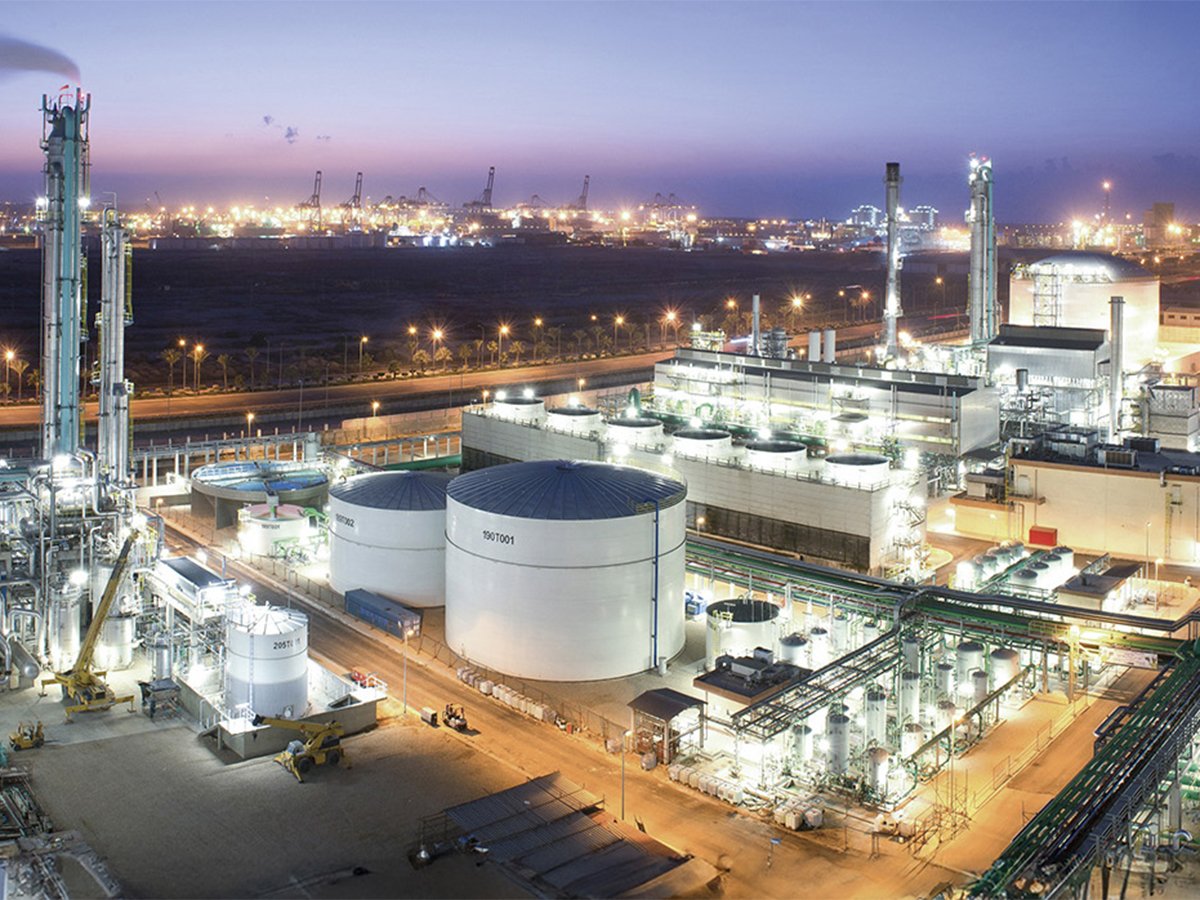Recent news that Russian and Chinese companies have signed multi-year agreements to ship billions of dollars of Russian crops by rail to China fit into the narrative that the world is shifting from a multilateral trading environment to one dominated by trading blocs.
The combination of disruptions caused by COVID-19, China’s more aggressive foreign policy stance and the fallout from Russia’s invasion of Ukraine has caused a re-examination of the value of globalization.
There is talk of a trade realignment with a bloc centred on the United States and the other western powers and another bloc centred on China and Russia.
Read Also

Genesis Fertilizers seeks government funding
Genesis Fertilizers is actively seeking funding from government and a strategic partner. The company dispelled a rumour that DL E&C has abandoned the project.
Yet even as this discussion takes place, China’s trade with the rest of the world, including Canada and the United States, continues to grow.
For its part, China has for years diversified trading relationships through its One Belt, One Road policy, investing hundreds of billions of dollars in roads, railways and port infrastructure around the world to improve its ability to import and export and to tie countries into its economic orbit.
There are many reasons for this, not the least of them being food security. It is a risk to be overly reliant on one or just a few countries for food imports.
In past years its focus has been on getting more soybeans and corn from South America and Ukraine and other crops from places such as Kazahkstan and African countries.
But recently it has also looked north to Russia.
When we think of Russia’s food exports, the usual focus is on winter wheat produced east and northeast of the Black Sea, which is exported from ports on that body of water.
But it also produces spring wheat and rapeseed in areas farther east, north of Kazakhstan in its Ural and Siberian regions. There is also some agriculture in the Far East in areas north of China.
These regions are the focus of the recent trade development deals between China and Russia
The Trans-Siberian Railway has long crossed Russia to the Pacific, but there were few rail connections between the two countries. Trade advocates are promoting and building new infrastructure to connect Russia’s agricultural and energy production by rail through to China.
One of these efforts is the New Land Grain Corridor, the umbrella name for several companies.
Hurdles to overcome include the fact that Russia and China have different railway gauge widths and until last year there were no bridges over the Amur River, which marks the border between Russia’s far east and China’s Heilongjiang province.
The New Land Grain Corridor group’s Zabaikalsky Grain Terminal, located at a land crossing a short distance east of Mongolia, started operation last year. It solved the rail gauge problem by moving grain in containers. Facilities in the Urals and Siberia load crops into containers. At the terminal they are transferred to trains with carriages with the Chinese gauge.
As for Amur River crossings, the first one opened last year. The Tongjiang-Nizhneleninskoye railway bridge has two tracks, one Chinese gauge and other Russian. Last month, Chinese and Russian companies announced a US$160 million grain terminal at the bridge. It is also expected to carry mineral ore and oil.
As we read about the horrible and deadly conflict raging between Israel and Hamas, it is interesting to note that the Russian land at the north end of the Amur River bridge is known as the Jewish Autonomous Region. It was created by the Soviet Union in the late 1920s and early 1930s as a self-governing Jewish homeland with Yiddish as the official language.
The project was a failure because the frontier region had little infrastructure, and as the Soviet Union came under Stalin’s control, the state persecuted Jews, launching several anti-Semitic purges.
According to Wikipedia, there were as many as 50,000 Jews in the province in the late 1940s, but today there are almost none.
There is now talk of a second Amur rail crossing several hundred kilometres west of the Tongjiang-Nizhneleninskoye bridge, at Moha, the northern most city in China.
All these developments could have implications for Canada’s grain and pulse trade over time, but I don’t think there is reason to be overly concerned.
I was surprised that it took this long for China and Russia to develop modern cross border infrastructure. But it wasn’t that long ago that China and Russia had a more frosty relationship, and leaders and politics change over time. The two could again diverge.
Also, while politics affect trade, it is not the biggest influence. Trade is usually captured by the most efficient, lowest-cost, highest-quality producer.
And for the foreseeable decades to come, the world will need more food. Even if China meets some of its needs with Russian product, the gap can be filled by demand from other faster-growing countries.















